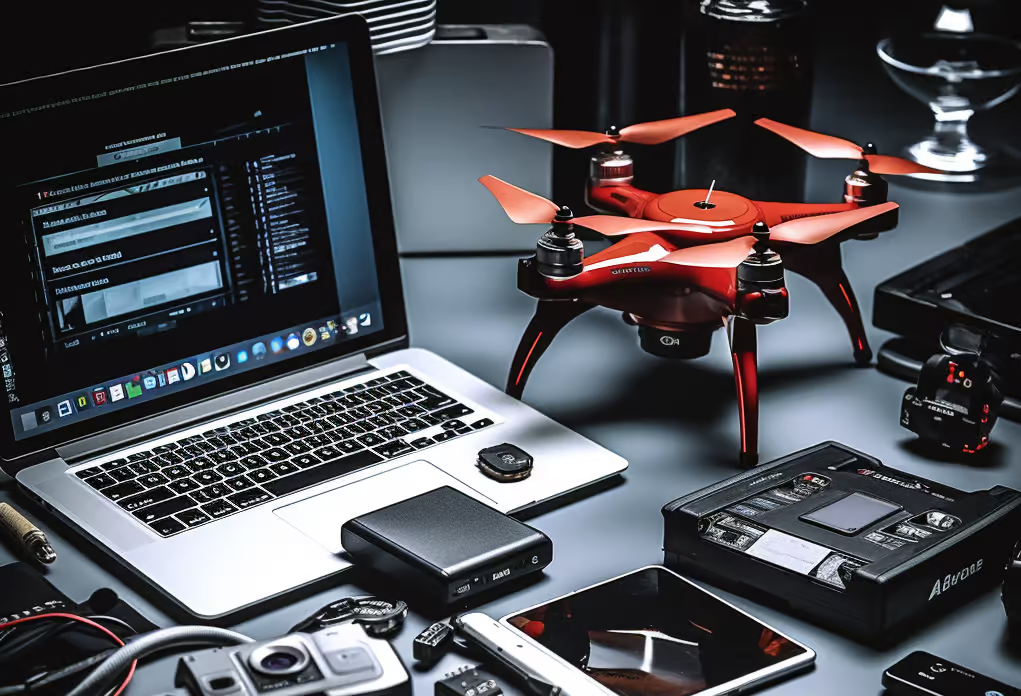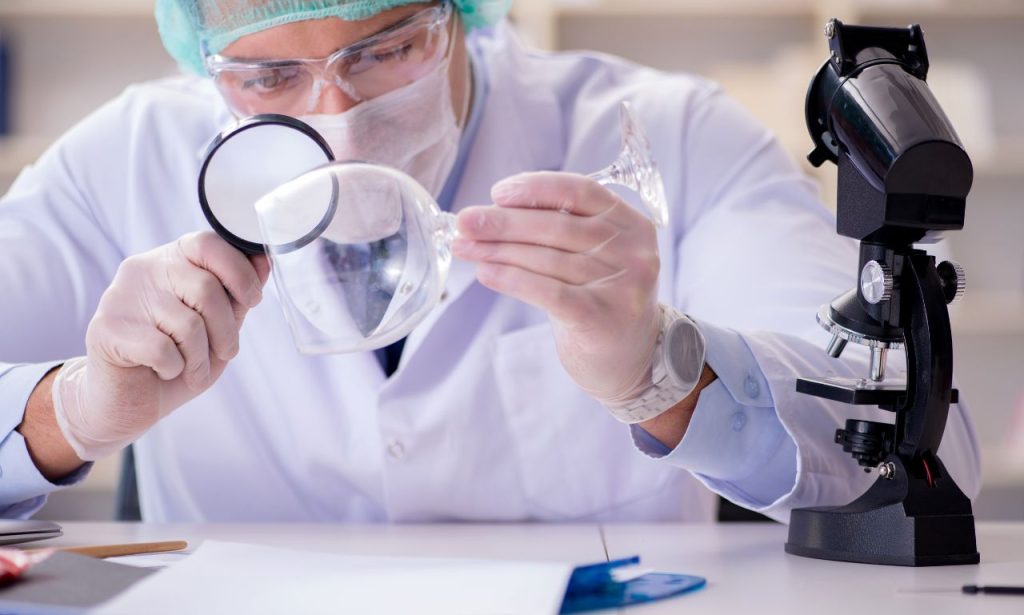In the rapidly evolving landscape of digital technology, mobile devices have become ubiquitous, playing an integral role in our daily lives. From communication to entertainment, and personal organization to professional tasks, mobile devices store a treasure trove of information. When it comes to digital forensics, the significance of these devices cannot be overstated. This article explores the pivotal role mobile devices play in digital forensics investigations, delving into processes, tools, and the invaluable insights they provide.
What is Digital Forensics?
Digital forensics is the practice of collecting, analyzing, and reporting on digital data in a way that is legally admissible. It includes the recovery and investigation of material found in digital devices, often in relation to computer crime. The goal is to preserve any evidence in its most original form while performing a structured investigation by collecting, identifying, and validating the digital information for the purpose of reconstructing past events.
What is the Mobile Forensics Process?

Mobile forensics is a branch of digital forensics relating to the recovery of digital evidence from a mobile device under forensically sound conditions. Mobile devices include mobile phones, smartphones, tablets, GPS devices, and PDA devices. The process is complex due to the diversity of devices and operating systems, but it fundamentally aims to recover data without altering it.
What Are the Steps in the Mobile Forensics Process?
The mobile forensics process involves several critical steps to ensure data integrity and forensic soundness. Each step is crucial in building a reliable and legally defensible case. Here’s a detailed look at each step:
Airplane Mode
When you first seize a mobile device, the primary concern is to prevent any remote access or tampering. Switching the device to airplane mode disables its network connectivity, ensuring that no new data is received or transmitted, which is vital for preserving the current state of the device.
Phone Jammer
In some cases, using a phone jammer can be more effective. A phone jammer emits signals that block the communication channels of mobile devices, preventing them from connecting to any network. This method is especially useful when dealing with devices that can’t be easily switched to airplane mode or when the device needs to remain on for further analysis.
Faraday Bag
A Faraday bag is an enclosure used to block electromagnetic fields. Placing the mobile device in a Faraday bag prevents it from connecting to any networks, thus preserving the data in its current state. This is an essential tool for ensuring that the evidence remains unaltered from the moment of seizure to the time of analysis.
The Art and Science of Mobile Device Forensics
Mobile device forensics is both an art and a science. It requires a deep understanding of technology, meticulous attention to detail, and the ability to navigate complex legal and technical challenges. The diversity of devices, operating systems, and data types makes mobile forensics a uniquely challenging field.
Unraveling the Digital Tapestry
Each mobile device is like a digital tapestry, woven with threads of data that tell a story. From call logs and text messages to location data and app usage, every piece of information can provide crucial insights. The forensic process involves carefully unraveling this tapestry to reconstruct events and uncover the truth.
The Crucial Role of Cell Phone Forensics Experts
Cell phone forensics experts play a critical role in digital investigations. Their expertise in data extraction, analysis, and interpretation is invaluable. They utilize specialized tools and techniques to recover data, often from damaged or encrypted devices, ensuring that no piece of evidence is overlooked.
Extracting Crucial Data for Investigations

The data stored on mobile devices can be categorized into several types, each offering unique insights into the user’s activities. Here’s a closer look at the key data types that forensic investigators focus on:
Call Logs and Text Messages
Call logs and text messages are often the first pieces of data analyzed in a forensic investigation. They can reveal patterns of communication, relationships, and even the timing and location of significant events. Forensic tools can recover deleted messages and call logs, providing a comprehensive view of the user’s interactions.
Location Data
Mobile devices constantly track and store location data, providing a detailed record of the user’s movements. This data can be crucial in placing a suspect at the scene of a crime or verifying alibis. GPS data, Wi-Fi connections, and cell tower triangulation are some of the methods used to pinpoint locations.
Emails and Online Activities
Emails and online activities can provide a wealth of information about a user’s communications, transactions, and browsing habits. Forensic experts can trace email headers, recover deleted emails, and analyze browsing history to uncover vital evidence.
Media Files
Photos, videos, and audio recordings can offer direct visual and auditory evidence. Metadata embedded in these files, such as timestamps and GPS coordinates, can provide additional context. Forensic analysis can also detect any alterations or tampering with media files.
App Data
Mobile devices host a variety of apps that store data locally or in the cloud. Social media apps, messaging services, and financial apps can contain valuable information about the user’s activities and interactions. Forensic tools can extract and analyze data from these apps, even if the user has attempted to delete it.
Conclusion
Mobile devices are indispensable in digital forensics investigations due to the vast amount of data they store and the insights they offer. From preserving the integrity of the data to extracting and analyzing it, every step in the mobile forensics process is critical. As technology continues to evolve, so too will the methods and tools used in mobile forensics, ensuring that investigators can continue to uncover the truth hidden within these digital devices.
ALSO READ: Where Can I Buy Laptops in Bulk For Cheap
FAQs
The duration of a mobile forensics investigation can vary widely depending on the complexity of the case, the type of data being recovered, and the condition of the device. Simple cases may take a few days, while more complex investigations can take weeks or even months.
Yes, forensic experts can often recover deleted data from mobile devices. Using specialized tools and techniques, they can retrieve deleted messages, call logs, photos, and other data that hasn’t been overwritten.
Yes, data recovered through mobile forensics is legally admissible in court, provided that it has been collected and analyzed following proper forensic procedures. This ensures the integrity and reliability of the evidence.
Mobile forensics presents several challenges, including the diversity of devices and operating systems, encryption, and data volatility. Forensic experts must continuously update their skills and tools to keep up with technological advancements.
Encrypted devices pose a significant challenge in forensic investigations. Experts use a combination of techniques, including brute force attacks, exploiting vulnerabilities, and collaborating with manufacturers, to access encrypted data.
A variety of tools are used in mobile forensics, including hardware devices for data extraction, software applications for data analysis, and specialized equipment like Faraday bags and phone jammers. Popular tools include Cellebrite, XRY, and Oxygen Forensic Suite.


